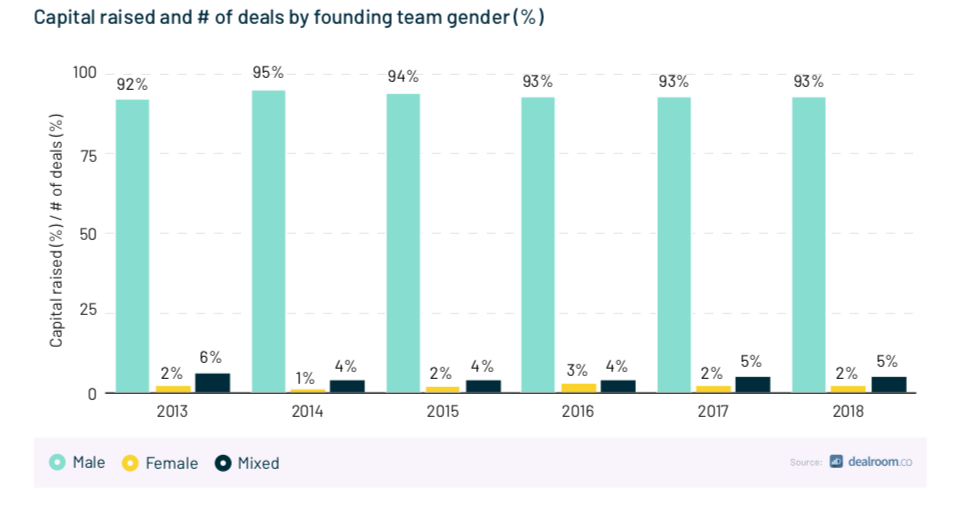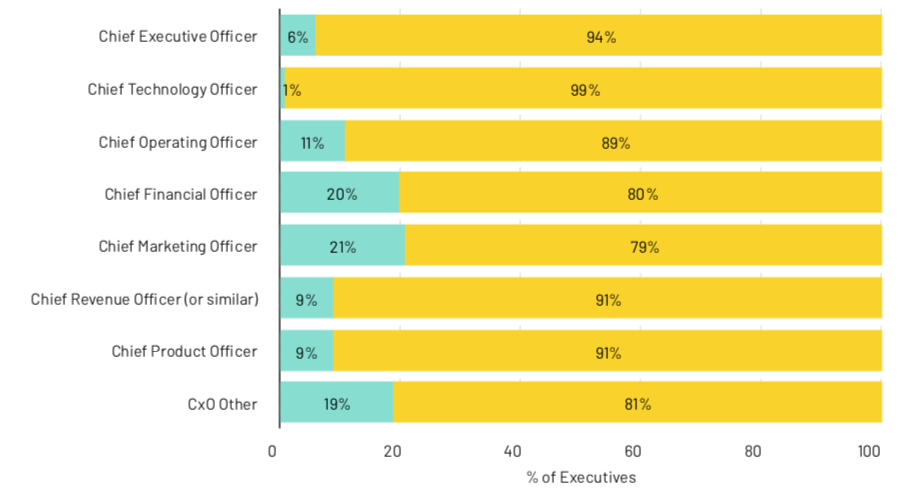Emerging technologies have penetrated every aspect of our lives. We have whatever we want at our fingertips, instantly accessible and often purchasable. Sadly technology doesn’t always deliver on the hassle-free experience that it promises, slowing us down and making us change how we work or do things to fit in with the way that the software or solution works. Put simply, the technology is getting in the way and creating barriers to getting stuff done in both our professional and personal lives. As a result, the need for what I call ‘frictionless technology’ has never been greater.
Technology should be customer centric
As a consumer I don’t just want to browse a website. The concept of browsing is dated and assumes that I want online versions of traditional catalogues. They are structured in very formal and restricted categories that aren’t personalised or relevant to me.
I want a website where I can find things in a hurry, that educates me on the brand and products of interest, but also enables me to take the appropriate action. There are so many websites that fail at the first hurdle, such as flash-based sites that can’t be viewed via phones or tablets, or sites with ineffective searches that bring up everything except the article I really want or that I don’t yet know I want.
Today’s frictionless technology
Technology is continuously trying to streamline operations and processes around any business. Tech evangelists have continued to take up the challenge of fixing the time consuming and utterly inconvenient processes. Now we have information at our fingertips, like it wasn't possible at all in the earlier days. Technology's motive has always been to channel frictionless businesses and challenge the status quo.
In a report published by accenture later this year, it showcases key technology trends for the 3-4 years lying just ahead of us.
“We are working and living in a time of unparalleled technology innovation and invention,” the report found. “This technology revolution is marked by a series of exponential technological advances – including cloud, artificial intelligence, blockchain … and more.
“Individually and collectively, these technologies represent vast potential for the future of business, and are creating the imperative to reinvent and re-imagine the way we do business.”
Along with the help of frictionless business, the report forecast the top trends as being citizen artificial intelligence citizens and extended reality, data veracity and Internet of thinking
Technology should be inclusive
Inclusion in technology is always expected to reach a point where no one feels looked down upon for a certain job criteria solely on the basis of their gender.
Next time you’re shopping for a digital camera, don’t ask how many megapixels it has. Ask how many steps it takes to turn on the manual focus. When you buy a laptop, don’t just care about its screen size; care about how many touch tones are required to get you to tech support. When you buy a phone, see how many taps it takes to e-mail a photo.
Some statistics to give you an idea

Strength of women on the management front

Let’s break down two of the biggest barriers to inclusivity today
Unresponsiveness, we should revamp our communication practices
Often one of the biggest barriers to successful inclusivity measures is a slow response, whether that be due to email backlog or phones that always ring to voicemail. Rapid-response communication applications and platforms like Slack, IM, and iMeet enable rapid response to queries and issues no matter where either party are located. Using specific tools, such as GlobalMeet, that support multiple devices and video conferencing, everyone involved in the conversation can have a visual of the person they are talking to, which further breaks down barriers and amplifies communication.
The need to clarify details, resolve issues, share integral plans, and make decisions that will impact the overall success of a project in real-time is essential. Teams must have open and flowing channels of communication at all times in order to maximize on the expertise of everyone, regardless of mobility or background, involved with the project.
Bias, unconscious bias shouldn't get in the way of business.
Workplace diversity has made the headlines for a number of years now, and not for the right reasons. The gender pay gap and lack of female representation on boards of directors is a common topic of conversation, as historically there has been a significant level of unconscious bias in business. Stereotypes, both negative and positive, that exist subliminally in our subconscious have affected the behaviour and decision-making processes in organisations for decades, resulting in an unequal and non-inclusive business environment.
However, artificial intelligence (AI) is being harnessed by many companies to combat this unconscious bias in the workplace. Fundamentally driven by data, and specifically trained to ignore traditional prejudices, these AI software platforms are helping to create a more inclusive and diverse workforce. While it would be wrong to not highlight that such AI algorithms need careful monitoring to ensure they don’t learn and reproduce historical patterns of underrepresentation.
What’s left
Technology is continuously racing to achieve what it ever hasn't in numerous directions on the face of our planet. Their is an underlying ambition to improve lives and help people live better every single day, this mission if coupled with inclusivity and less friction can do wonders to ourselves.
Subscribe
Related Blogs
Trek n Tech Annual Retreat 2025: A 7-Day Workcation of OSL

OSL family came together for the Trek n Tech Annual Retreat 2025, a 7-day workcation set amidst the serene beauty of…
Exploring Drupal's Single Directory Components: A Game-Changer for Developers

Web development thrives on efficiency and organisation, and Drupal, our favourite CMS, is here to amp that up with its…
7 Quick Steps to Create API Documentation Using Postman

If you work with API , you are likely already familiar with Postman, the beloved REST Client trusted by countless…




